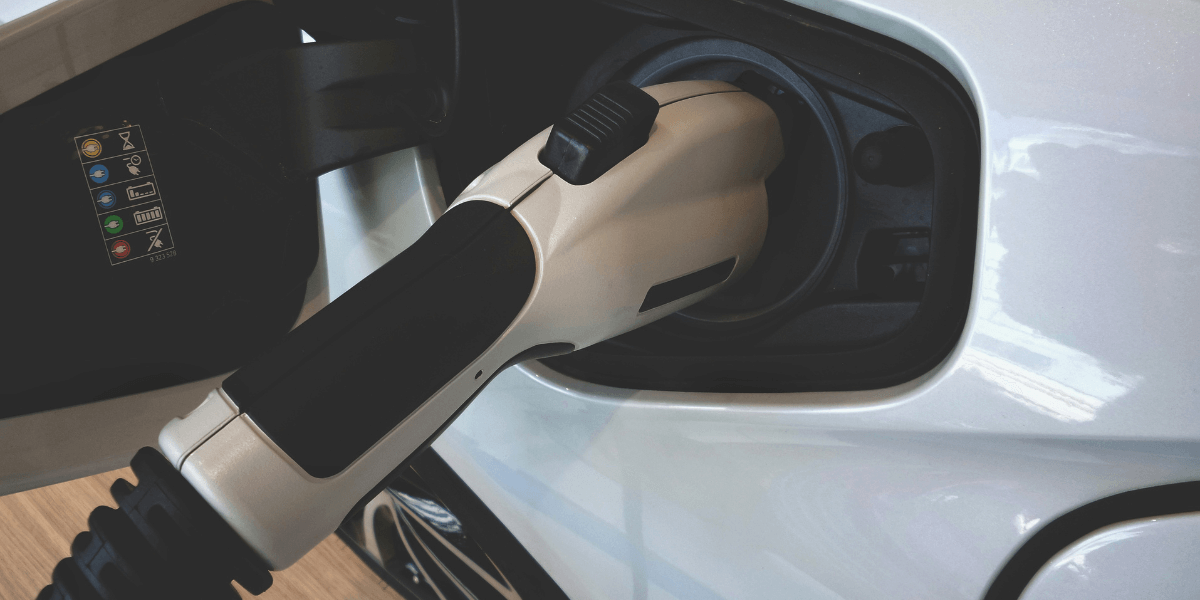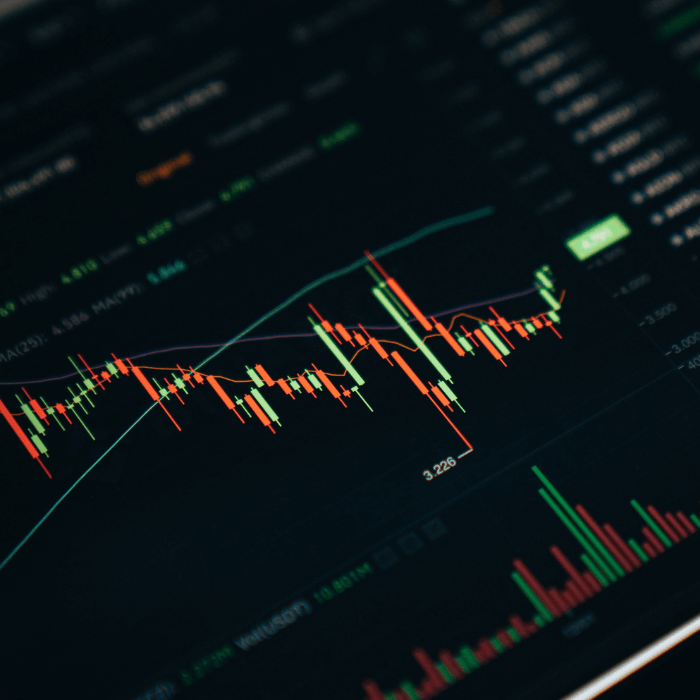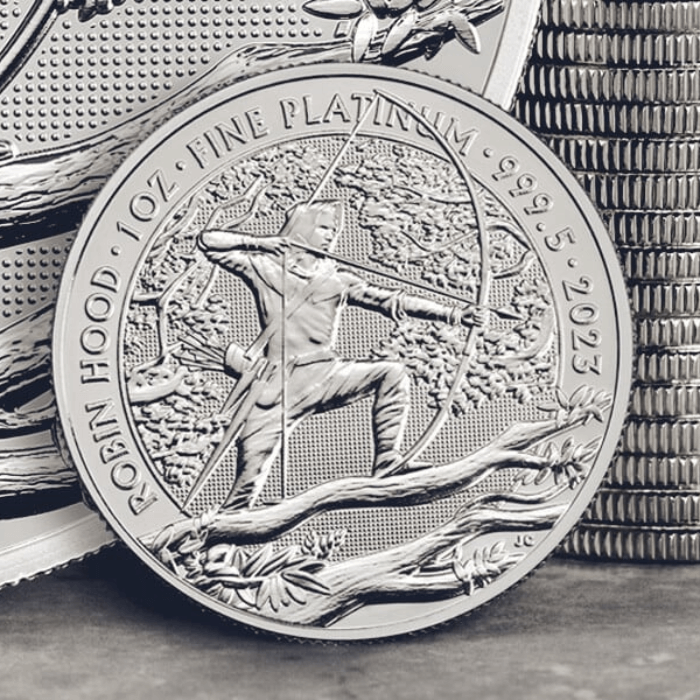
Platinum assumes a pivotal role in facilitating the transition towards sustainable energy, particularly within the growing hydrogen sector. Projections indicate a significant surge in the demand for platinum, attributed to hydrogen-related applications over the ensuing decade and beyond. Catalysts incorporating platinum, specifically in electrolysis and fuel cell technologies, are predicted to constitute up to 15% of the aggregate platinum demand by 2030, with the potential to escalate to 35% by 2040.
However, platinum has entered a state of supply deficit as of 2023, with successive shortfalls persisting until at least 2027, as anticipated by the World Platinum Investment Council (WPIC). This lingering deficit in platinum stands to deplete existing above-ground platinum reserves and constrict markets, coinciding with a period of rapid expansion within the hydrogen economy.
Fortunately, there are avenues to relieve this scarcity. Substituting platinum with other platinum group metals (PGMs), such as palladium, in select applications offers promise in augmenting platinum availability, thereby averting potential barriers to the hydrogen economy. Palladium’s prominence in catalytic converters renders it particularly pertinent for alleviating the strain on platinum demand.
Read the full article here.




